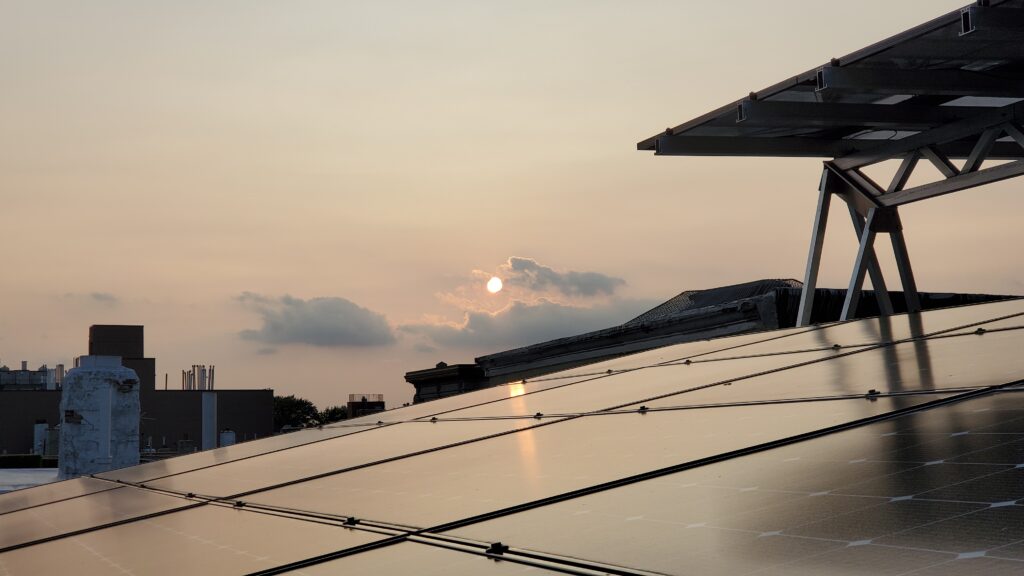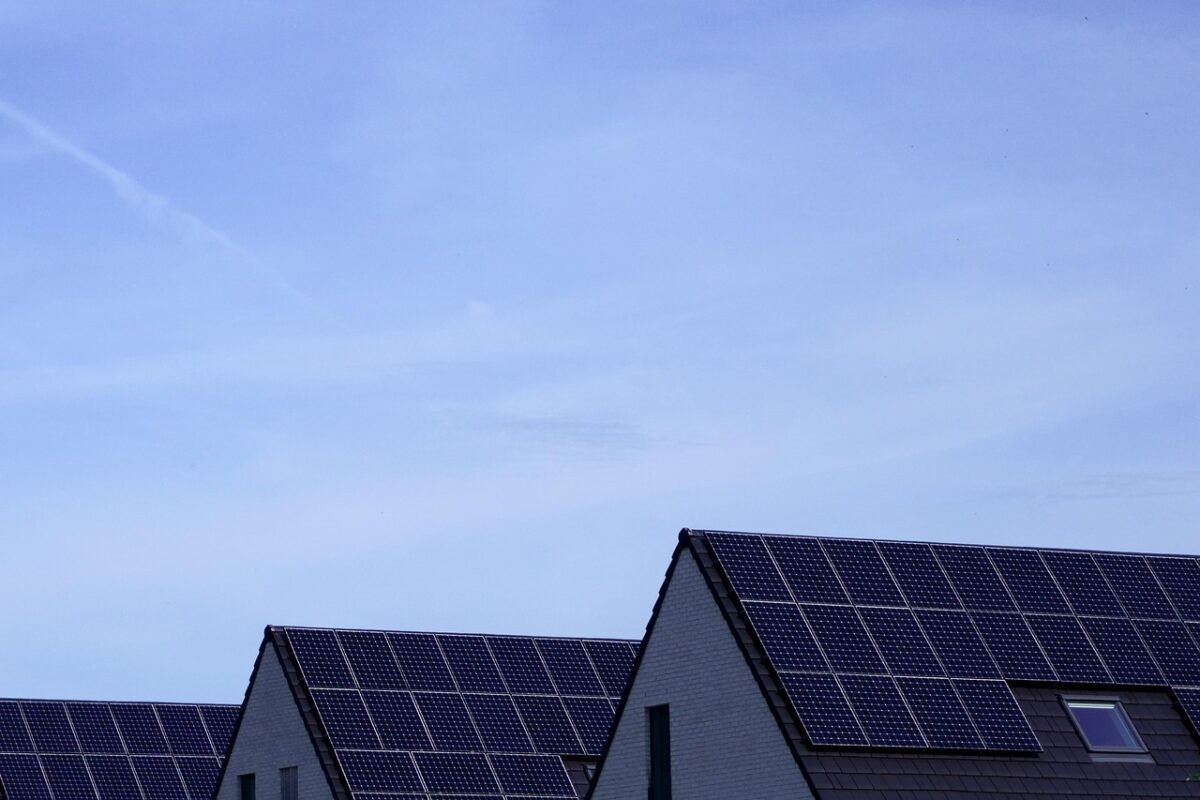Renewable energy sources provided 25.11% of the nation’s electrical generation in the first half of 2023, according to a SUN DAY Campaign review of data from the U.S. EIA. The latest issue of EIA’s “Electric Power Monthly” report shows that electricity from renewables is up slightly from the 25.06% reported for the first half of 2022.
Solar grew by 12.44%, compared to the same period in 2022. This was driven in large part by growth in “estimated” residential solar PV whose output increased by 25.59% — more than any other energy source — and accounted for nearly one-third (31.42%) of total solar production. For the six-month period, solar was 5.77% of total U.S. electrical generation. A year earlier, solar’s share was 4.95%.
Moreover, in June — for the second time this year — solar’s monthly electrical generation significantly exceeded that of hydropower (by 21.83% in April and by 28.57% in June).
From January to June, solar combined with wind accounted for 17.11% of the nation’s electrical generation — up from 16.48% for the same period a year earlier. For the six-month period, solar plus wind easily surpassed coal’s share (14.82%) as electrical generation by the fossil fuel plummeted by 27.33%.
Further, electrical generation by the mix of all renewables exceeded that provided by nuclear power — whose output fell by 0.67% — by more than one-third (33.69%).
However, EIA’s data also revealed some potentially worrisome trends for continued growth in electrical generation by renewable sources, SUN DAY believes. Compared to the first six months of 2022, electrical generation by wind fell by 5.16% during the first half of this year. Most other renewables also recorded declines: hydropower down by 10.80%, wood and other biomass down by 7.80%, and geothermal down by 2.68%.
Notwithstanding those declines, renewables were still able to claim a slightly larger share of overall generation in the first half of 2023 compared to the same six-month period a year earlier because electrical generation by the mix of nuclear power and fossil fuels fell by even larger amounts while utility-scale and residential solar continued to grow.
The negative trend lines for renewables were even more pronounced in just the month of June when hydropower output was down by 27.00% compared to a year earlier while wind fell 17.97%. In fact, among renewable energy sources, only solar recorded some growth for the month (up 14.74%) compared to June 2022.
“Solar continues to show strong growth and is now rivaling the output of hydropower,” noted the SUN DAY Campaign’s executive director Ken Bossong. “Moreover, the mix of solar, wind and other renewables is maintaining a strong lead over both coal and nuclear power as well.”
News item from SUN DAY






